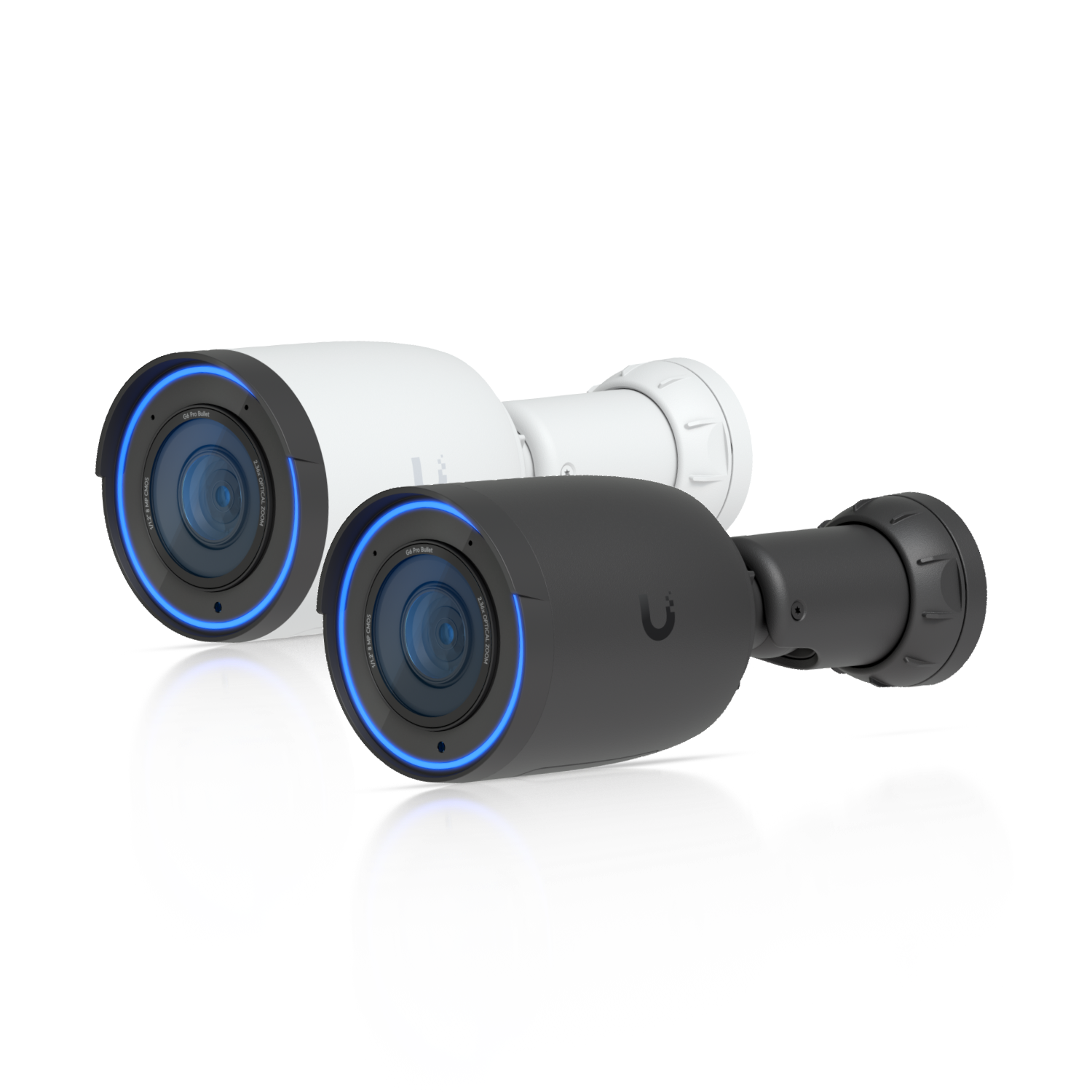Although the camera doesn't appear to challenge the 4kt directly, I think what this illustrates is there's really a need maybe for Dahua to produce a large sensor low light camera, maybe a 4kt replacement but without the drawbacks of the previous camera. That probably means more memory, faster processing, better lenses and using a narrower aperture and maybe auto iris to boot. I still think there would be a lot to be said to scrap trying to improve the 4kt, and simply leap frog everyone with a re-release of the 2016 camera that used a 35mm sensor, if they can get the price down this time to reasonable and maybe design a built in case instead of it needing the purchase of an additional housing. I think many people would pay $400 if it came with a decent 35mm lens. Surely it can't be that hard to acquire a good supply of cheap 35mm lenses. At one time they used to be 10 a penny in camera kits and bearing in mind a CCTV camera doesn't need a lens based autofocus or zoom, surely it can't be that hard to find someone to manufacture reasonable quality fixed 35mm wide angles for not too much money.
Also, I didn't have time to watch it but did I see something about bit rate zones? In other words are they trying to use the graphic cards trick of rendering areas outside the main focal point at lower quality? This is what it seems Dahua may have done on the 4kt (I don't know if they did or didn't but compression artefacts are definately higher on my drive camera away from the centre), and if they are attempting this, it's likely to be a big failure. The problem with CCTV is you can't guarantee the action is in the centre of the picture. I live next to a footpath. It falls in probably the side 25% of the picture. A lot of what I need footage of is this area. The camera is there to protect my car and drive which is the main centre focus, but I cannot rule out someone throwing an object from the footpath against my car, house door or windows. Equally, someone could spray paint the wall in the edge of the picture. You could say the same in any scenario. A camera watching the centre of a room, may miss someone in high quality if they break in through a window to the side and never cross the centre. So you just can't presume the actions going to be in the centre. Personally, I'd rather they produced the best quality picture throughout incl. front to back and simply give users the choice of overall bit rate. That way those with low storage availability can simply opt for lower quality. Those with high storage availability can opt for almost a movie quality of picture. That would require some changes to current compression though as on my cameras, I see very little gain beyond 12mbs yet the periphery and rear of the picture seem to have horrific compression artefacts suggesting either centre concentrated bit rates or very high compression meaning that the data possibly doesn't even use the full bit rate bandwith. Given the way hard drives have fallen in price, you can get almost quadruple the storage now for the same price as a couple of years ago, I wouldn't mind seeing available rates from 1,000-30,000 or even 50,000, although the latter is pointless if the compression renders the picture low quality anyway. It needs a low compression high bit rate option with no bit rate zoning.

 store.ui.com
store.ui.com


